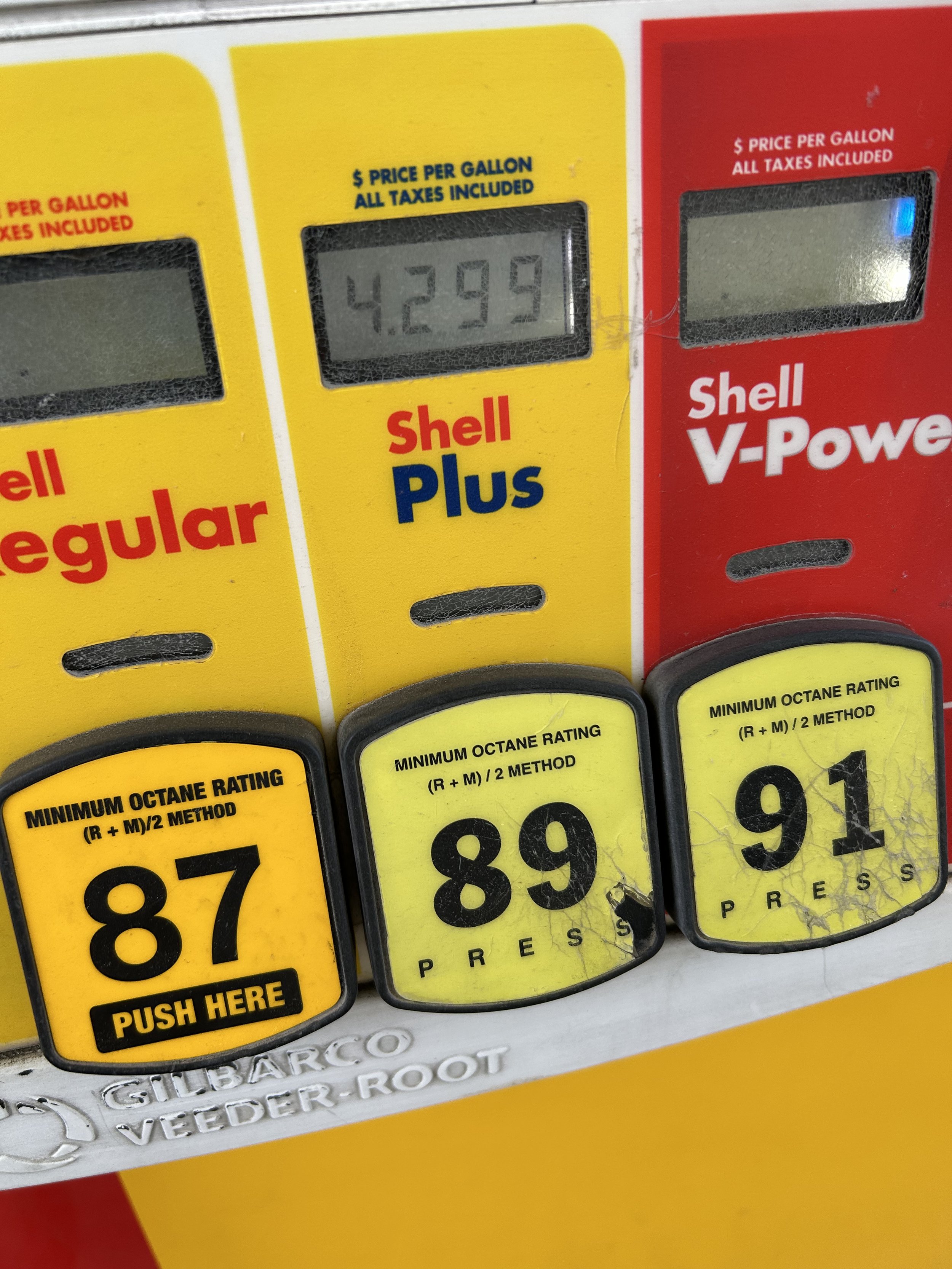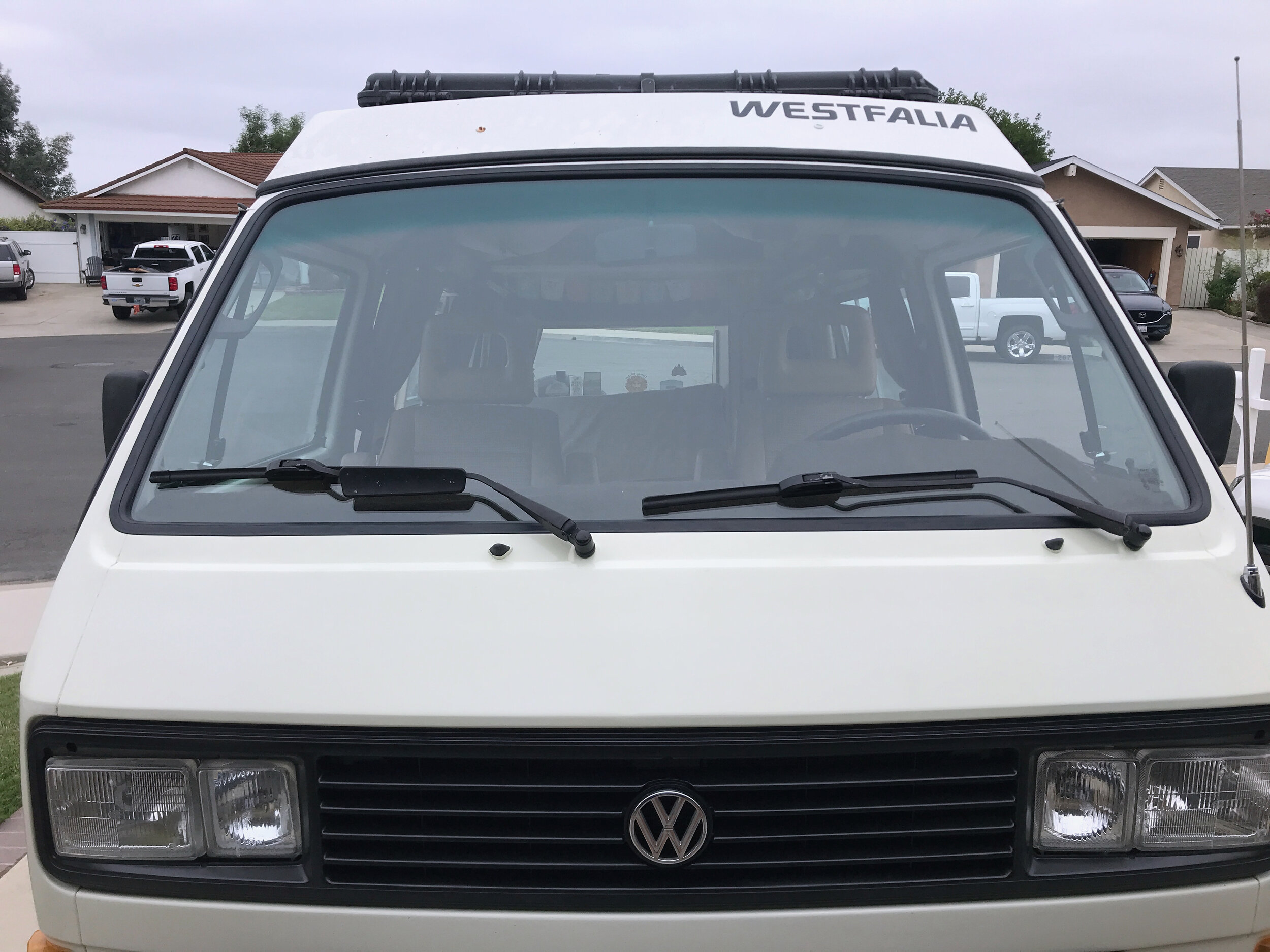Restorations
4 Minute Read
Whatever your reason is for buying an old car, there are some rules to follow before you pull the trigger. Most importantly… not every restoration needs to be simply for financial gain. The truth is you’re probably not going to make a cent after a complete restoration. You might even lose money! Do it for love.
I have been around project vehicles most of my career, and the idea of restoring something never seems to go away. There’s a tremendous amount of satisfaction that comes with restoration work. Even if you’re like 99 percent of us and you aren’t the ones doing the physical work, there’s still a lot of pleasure in the process.
I’ve owned several 1960s and ‘70s classic muscle cars and many more desirable import cars and now I have an ‘80s VW Vanagon. What these all have in common is that shortly after I purchased them I began to restore, or upgrade something… be it the interior, exterior or mechanicals.
Here are my quick thoughts about restorations that may make life easier on you and less damaging to your wallet.
1) Never make an impulsive buying decision. If you look at a potential project that you must own, step away from it for a week or two and then gauge how you feel about it. In that short span of time, you might come to the conclusion that you really don’t love that vehicle. Or, A) you don’t have the extra income to spend on unknown issues, B) you don’t have the space to truly restore the vehicle or C) you really aren’t that mechanically inclined, and D) you have zero energy for it.
2) Stay away from any potential project vehicle that comes in a cardboard box. Any project that is that dysfunctional should be a big red flag. The reason why it’s in boxes is that the previous owner has had enough of it, and is trying to unload it. On the other hand, if the vehicle is like the ‘65 Honda S600 picture here then you might have the perfect vehicle to restore if you can get it cheap enough. This particular S600 in good to excellent condition will fetch $25,000, or more on the open market. After viewing it I determined it needed way more body and paint work than I wanted to do. The good news about it was everything appeared to be intact and it actually drove!
3) Unless you’re Elon Musk ask yourself if you really have the budget to restore the vehicle. Hypothetically, if a vehicle has a resale value of $30,000 and the person selling it wants $20,000 that leaves you with $10,000 to simply break even should you have to sell it after finishing the project. That’s not enough of a margin for most restorers. You should have a 50 percent or more margin because oftentimes the restoration budget goes well beyond what is originally estimated. So if you could pick up the $30,000 project for $10,000 to $12,000 then you might be able to justify a restoration.
4) Ask yourself why you want to restore it. Are you going to sell it, or drive it? If all you are going to do is flip the project for some quick money then you need to look at the history of the market for that particular vehicle. Haggerty is a great place to do that research. Not all vehicles are worth restoring. Only true classics that are dwindling in numbers, or were elite vehicles when they were originally produced (like a Shelby Cobra 427) are considered sound investments. If you just want to drive it consider buying a finished project. You might pay dearly for it but you’ll immediately get to enjoy the ride.
5) Vehicles primed for restoration have parts and components for sale on the open market. Or, you’ll have to have them fabricated for you at great cost. Lastly, determine whether you want to bring your project back to factory stock, or you want a driver for the weekends. There is a big different in restoration time and money.



































